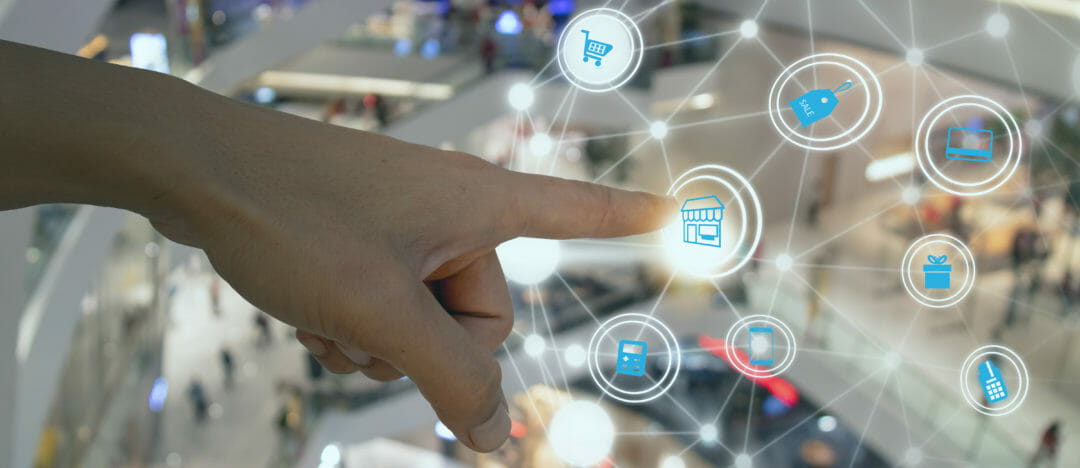The online experience is seamless and the physical store must match this if the ‘high street’ is to survive – this is the responsibility of the retail CIO and CTO. And that is why these figures are turning to the same technology used in the retail digital space to transform the physical retail experience.
According to research commissioned by REPL Group, this is the case for 51% of UK retail CIOs and CTOs, who are investing in technology for up-to-date pricing and quicker payment options in a bid to improve their physical infrastructures to match the online shopping experience.
Retail innovation: adopt tech and adapt to changing consumer and employee demands
A frictionless physical retail experience
Retailers’ technology and executive teams are also prioritising a frictionless high street shopping experience by providing real-time stock availability (49%) and offering delivery from store (46%) as they look to capitalise on the benefits of combining the digital with the physical — the best of both worlds.
Mike Callender, executive chairman, REPL Group, commented: “It’s no secret that retailers are struggling with a number of challenges. However, the ones that are performing more successfully are those that are matching the differentiator of having a physical infrastructure with the capabilities of a digital environment. This is allowing them to maximise the benefit of having a physical store and provide the immediacy customers are demanding. However, this innovative approach to technology is currently only trialled by a handful of retailers, often in their flagship stores, and is yet to be widely adopted.”
Rapidly changing consumer demands
Similar to any other industry, consumer demands are rapidly changing. Those organisations that meet those demands, quickly, will rise to the top.
However, many retailers are struggling to keep up with the change in how people shop and serious technology investment is needed.
According to the research, 40% of UK retail CIOs and CTOs think retailers should be investing in artificial intelligence, followed by IoT networks (26%) and robotic process automation (17%).
These technologies — implemented correctly, across small uses cases first — will allow retailers to use data to guarantee they have the right stock available at the right time. In the face of falling footfall, ensuring adequate stock will not only ensure consumers are able to buy the items they require, but could also inspire impulse purchases once in store.
Surprisingly, augmented reality (AR) is not mentioned. This technology, perhaps further down-the-line from the others, will dramatically impact the physical store and help the retail CIO and CTO take advantage of the rapidly changing demands of the consumer.
The future of physical retail depends on digital embrace
Multiple solutions needed
Consumer purchasing trends that have the most influence on retailers’ technology purchasing decisions are mobile apps (59%) and few retailers are prioritising investment in the smaller touches, with only 14% investing in digital signage and point-of-sale.
But, a multi-faceted approach is needed. Rather than investing in one technological solution, retailers could see greater impact from using these in combination. For instance, while digital signage on its own may not offer direct results, using this in conjunction with moveable pay stations or in-store mobile apps would support effective sales and allow retailers to provide the immediacy that consumers desire. Customers could see something on offer there and then and pay for it in an instant — much like online purchases.
“With so much competition within the retail landscape, businesses mustn’t overlook the smaller details that can make a huge difference to the customer experience. For instance, traditionally at this time of year consumers put off making purchases until Black Friday, so sales in the month running up to it can be severely impacted. However, that needn’t be the case, as if retailers provide a good in-store experience and the right products at the right price, the convenience of that combination is likely to result in individuals making a purchase immediately, rather than waiting for products to be discounted,” added Callender.










